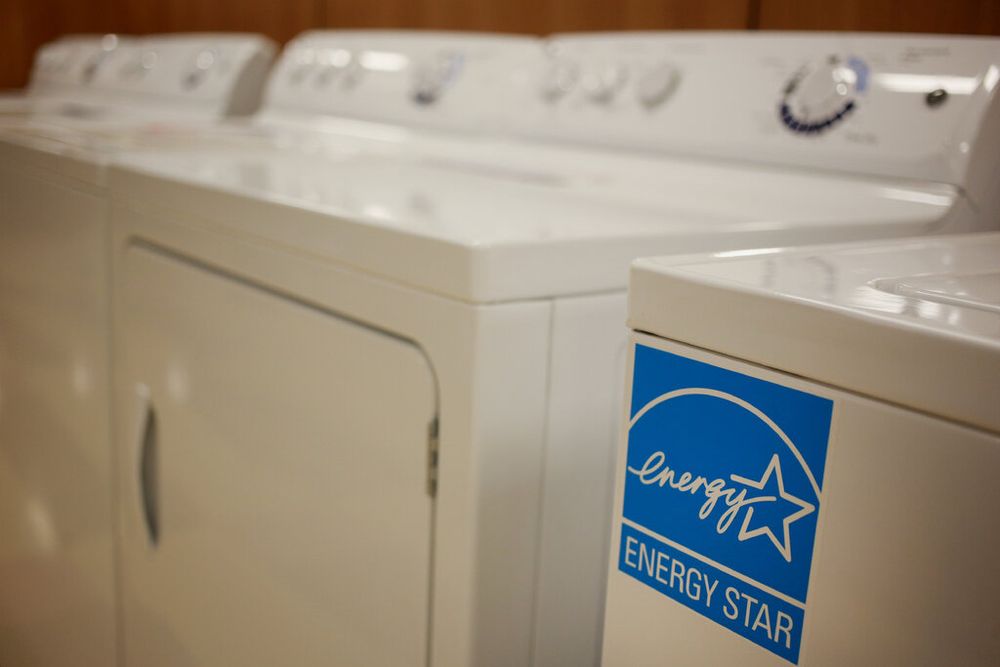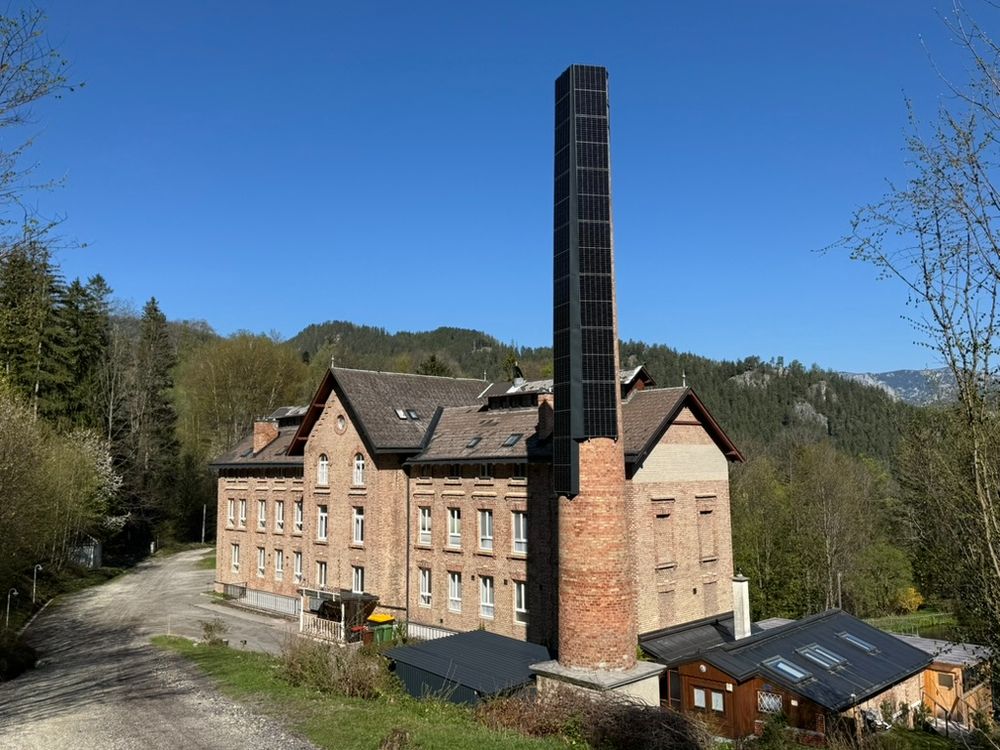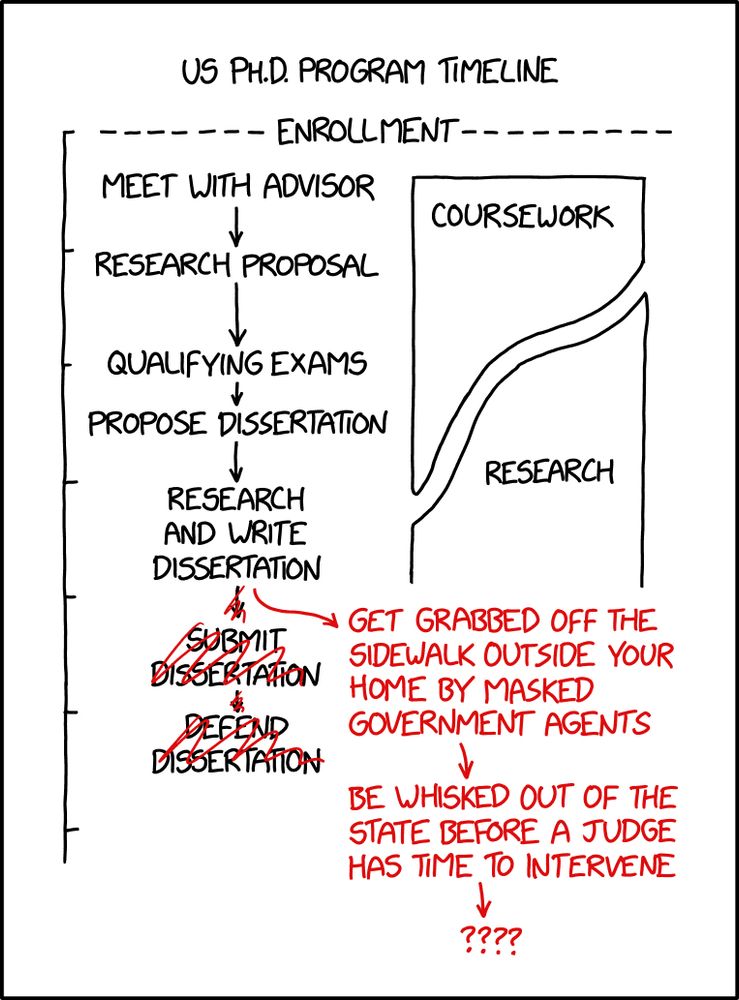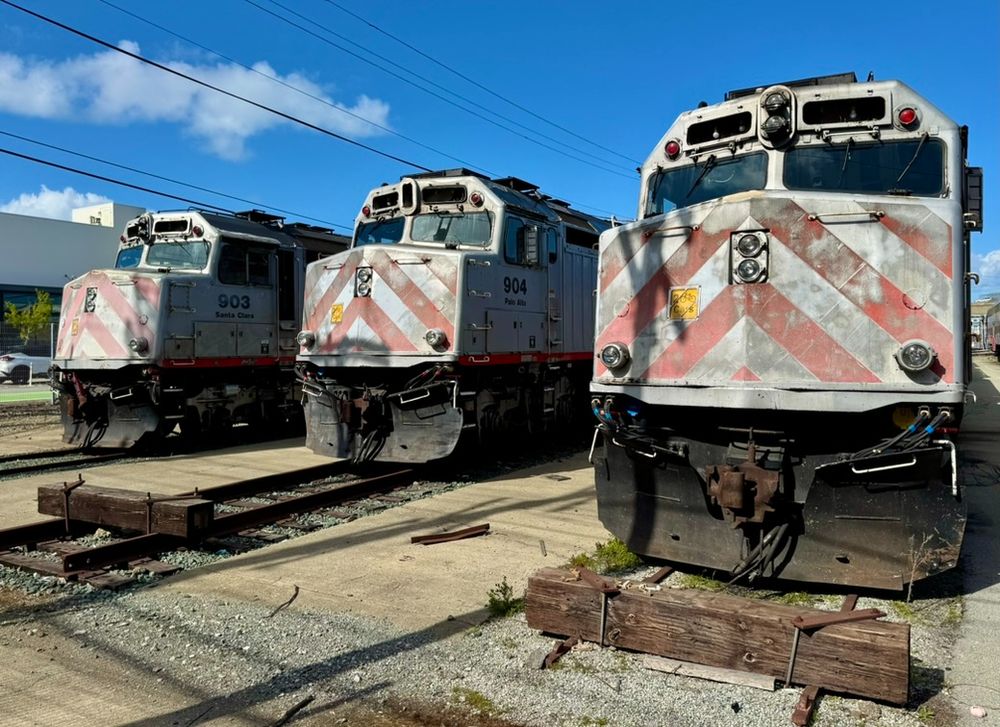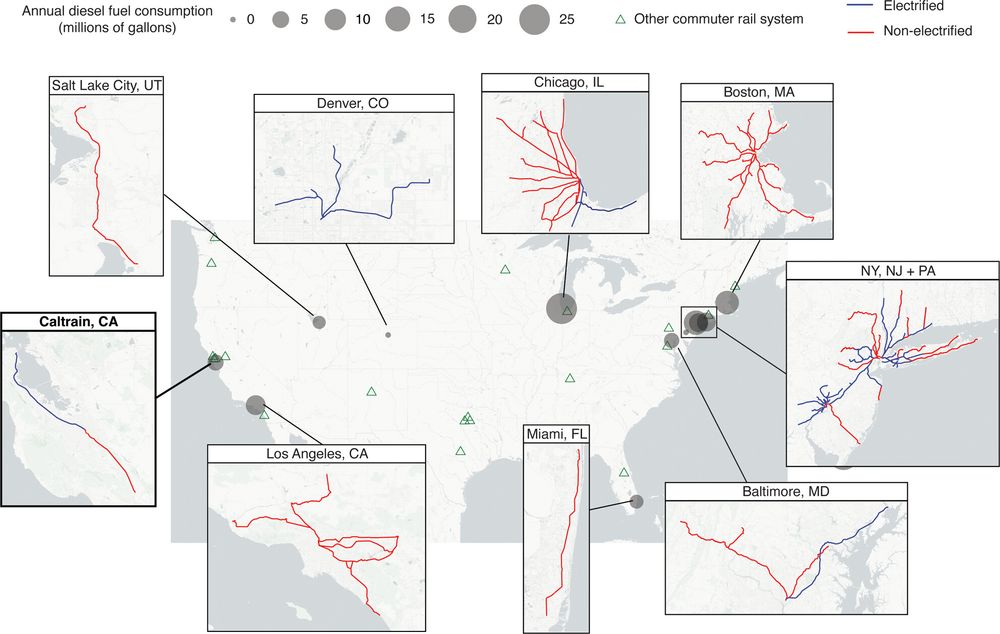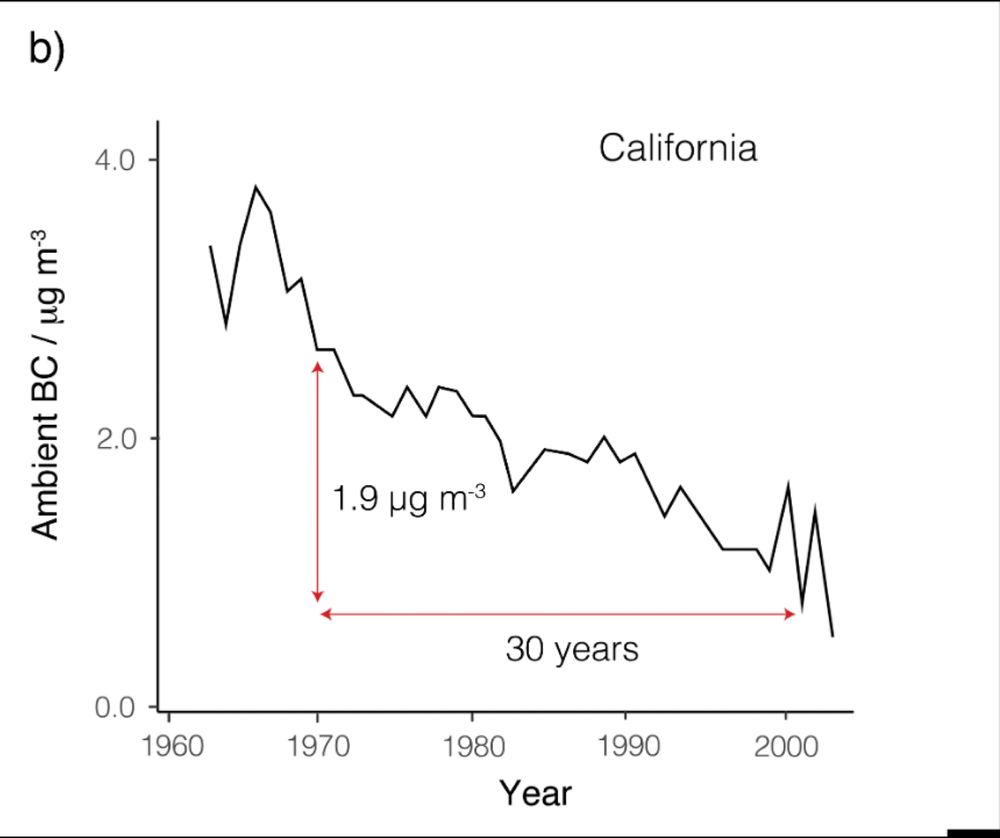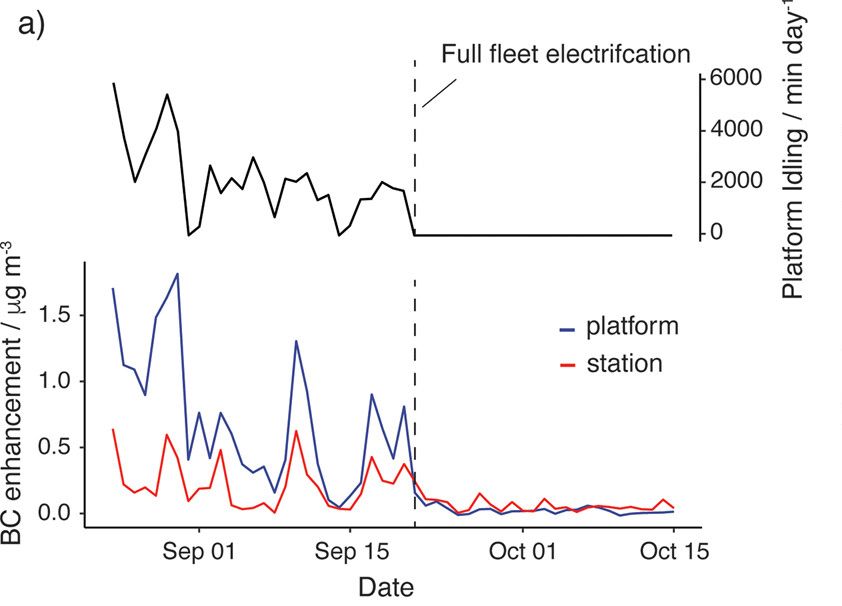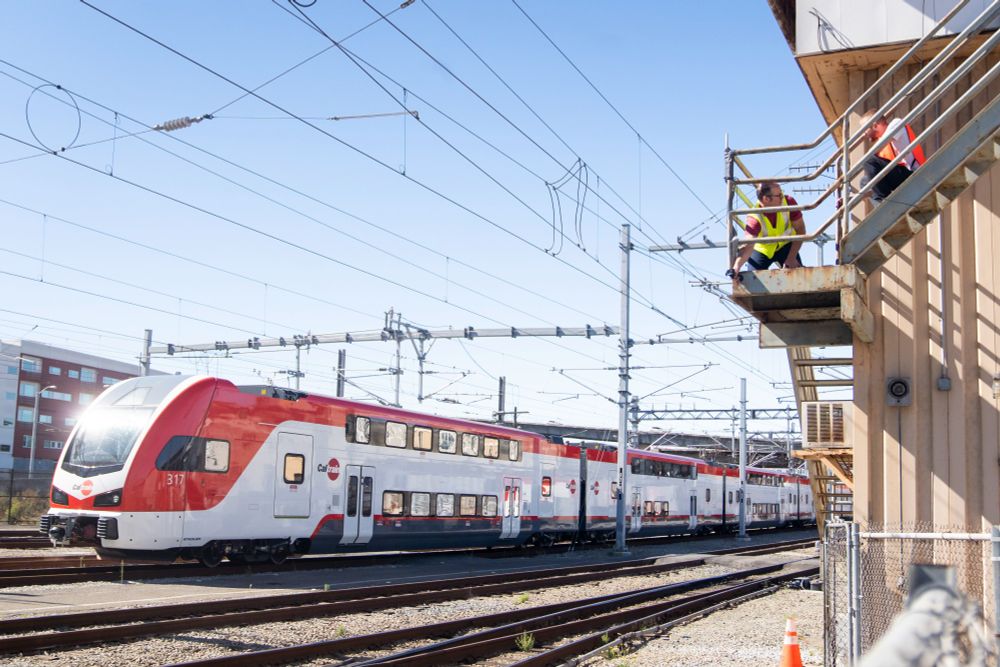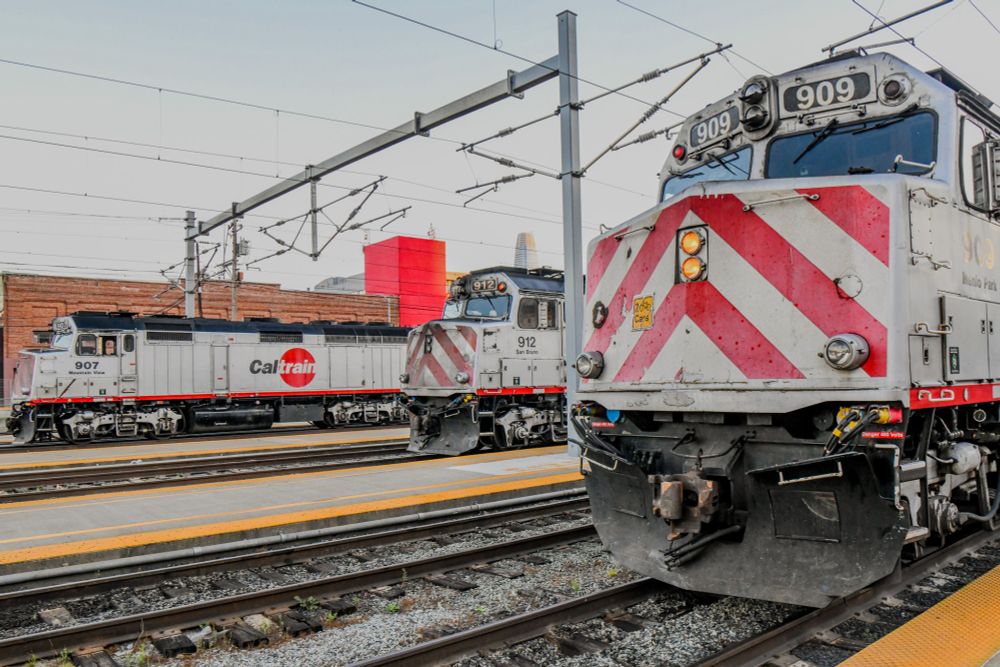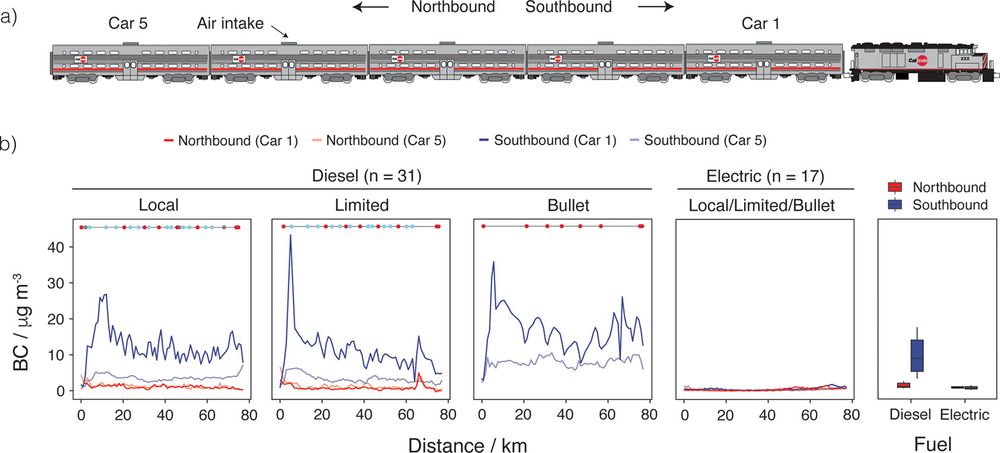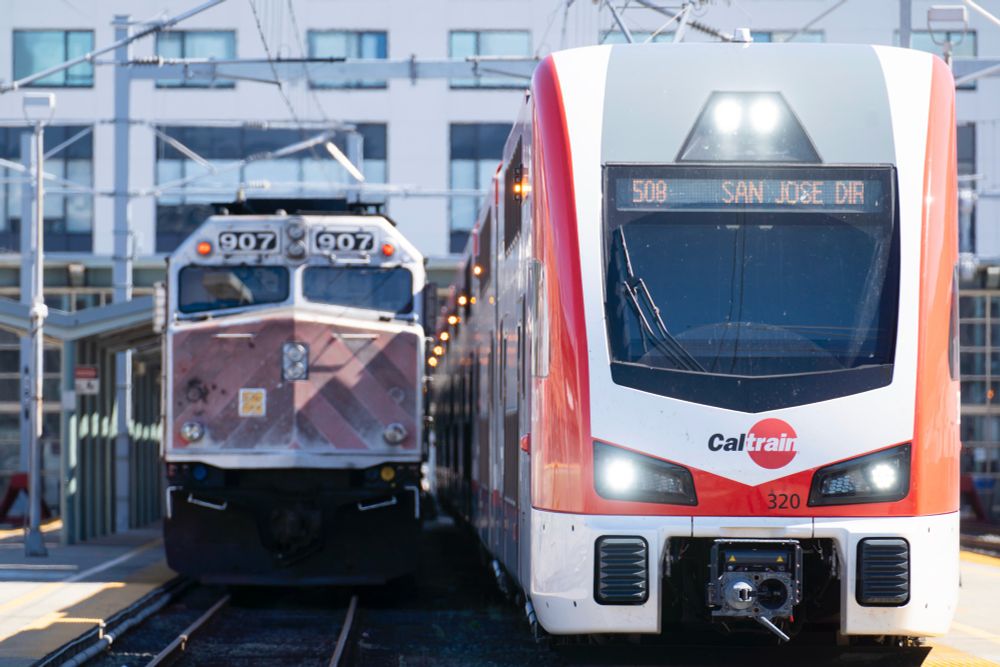Josh Apte
@joshapte.bsky.social
170 followers
150 following
13 posts
Professor of Environmental Engineering + Environmental Health Sciences, UC Berkeley.
Research: air pollution, health, climate, EJ.
Posts
Media
Videos
Starter Packs
Reposted by Josh Apte
Reposted by Josh Apte
Reposted by Josh Apte
Reposted by Josh Apte
Josh Apte
@joshapte.bsky.social
· Apr 16
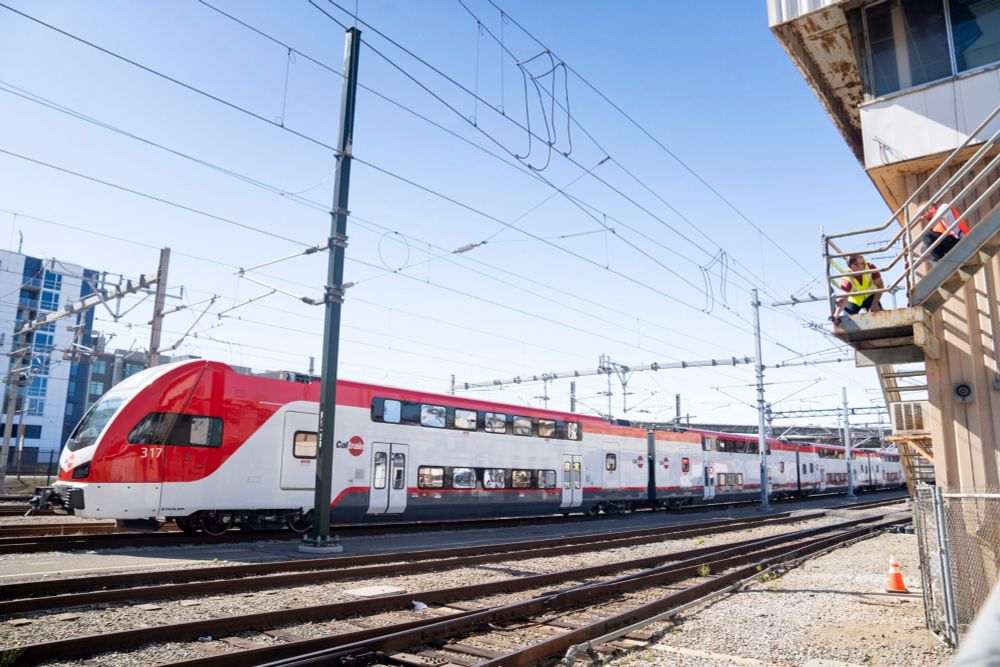
Electric trains are quieter, more reliable than diesel. New study finds they’re healthier, too. - Berkeley News
A new study found that electrifying the San Francisco Bay Area’s Caltrain commuter rail line reduced riders’ exposure to carcinogenic black carbon by an average of 89%.
news.berkeley.edu
Josh Apte
@joshapte.bsky.social
· Apr 16

Dramatic Air Quality Improvements after the Complete Electrification of a Commuter Rail System
To limit the impact of climate change, there is an urgent requirement for infrastructure decarbonization and a transition to lower-emission energy systems. This is expected to result in local air qual...
pubs.acs.org
Josh Apte
@joshapte.bsky.social
· Apr 16

